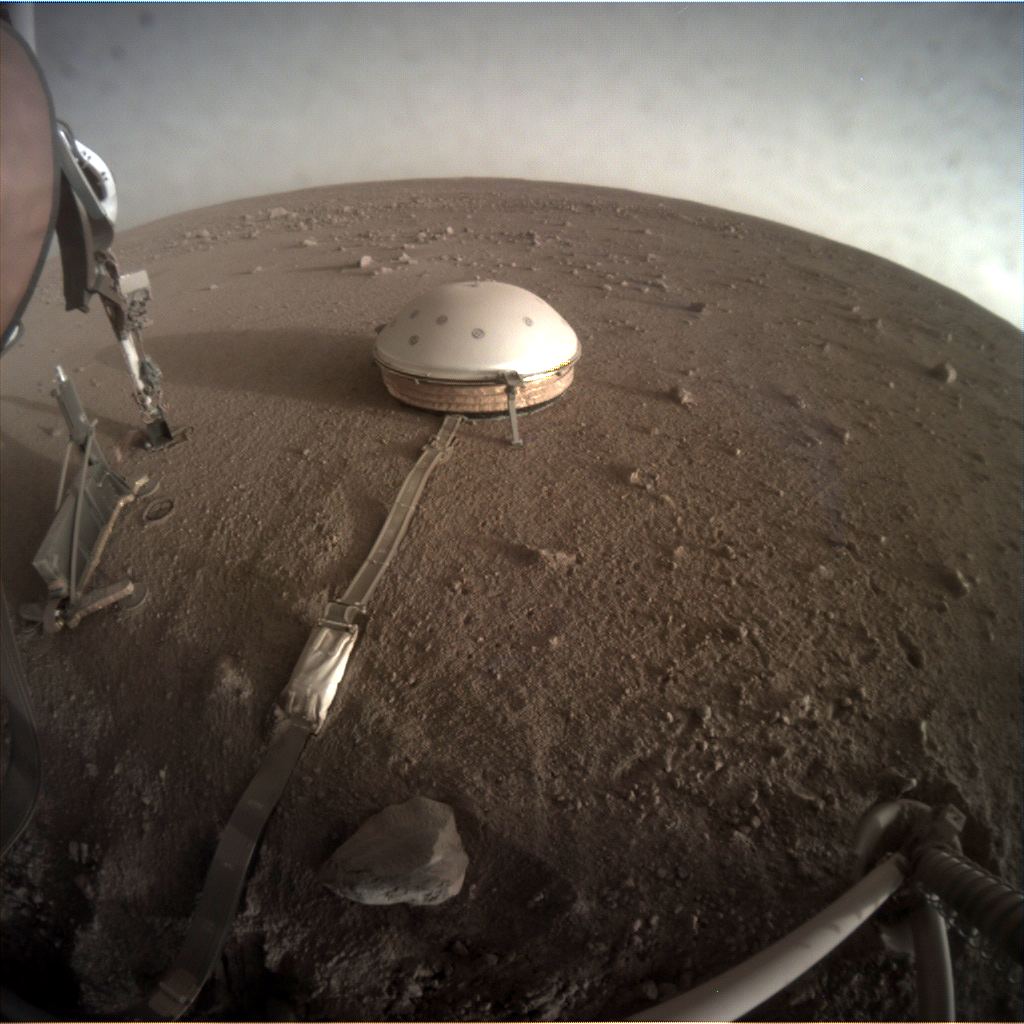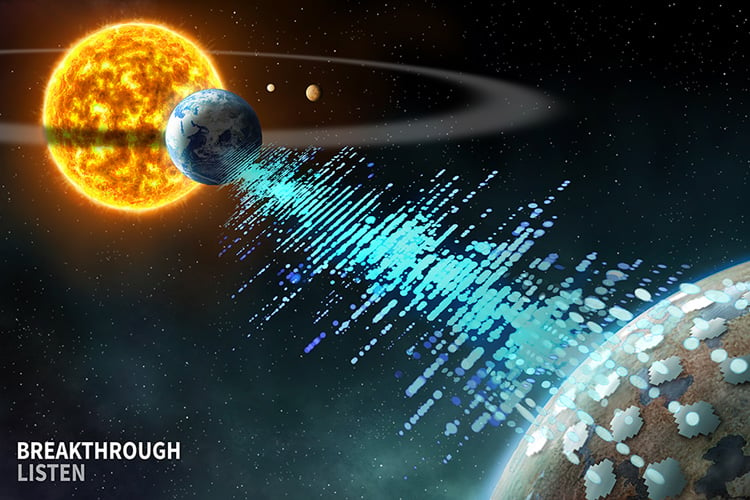
Continue reading

Continue reading

The Canadian Space Agency recently awarded contracts to a series of companies to develop technologies and tools to aid in the coming era of lunar exploration.
Continue reading

Continue reading

Continue reading

To kick off the Lunar Surface Innovation Consortium (LSIC), NASA Assoc. Admin. Steve Jurczyk indicated that the first Artemis mission will be delayed a little.
Continue reading

Continue reading

Continue reading

Using data from the second Gaia data release, a team of astronomers has demonstrated that the "warp" in our galaxy is rapidly changing!
Continue reading
Continue reading

Continue reading

Continue reading

Continue reading

Continue reading

Data from the first year of the InSight mission has just been released, and its revealing some unexpected things about Mars' magnetic fields.
Continue reading

Continue reading

Continue reading

Continue reading

SpaceX suffered another setback when its Starship prototype SN1 exploded during a loading test - similar to what happened to the last prototype.
Continue reading

Continue reading

When it comes to cosmological theories, the Big Bang theory has historically had only one big contender - the Steady State Hypothesis
Continue reading

The concept of a Generation Ship is a time-honored one, but is it the best way to send an interstellar mission to colonize a distant planet?
Continue reading

Continue reading

A new paper by two Harvard professors explores the idea of using supernova as a means of high-speed interstellar travel - something advanced alien species could be doing right now!
Continue reading

Continue reading

Continue reading

Continue reading

A team from a Russian polytechnic university is working on an autonomous space module where fresh vegetables could be grown for astronauts.
Continue reading

Continue reading

Continue reading
Continue reading

A team of scientists from the Netherlands have proposed an exciting new approach for finding exoplanets: look for signs of auroras!
Continue reading

Continue reading
Continue reading

After an usual period of dimming Betelgeuse is growing brighter. But no supernova yet.
Continue reading

Continue reading

Good news: Though we've been going through a cometary dry spell as of late, we may have our first good naked eye comet for 2020: Comet C/2019 Y4 ATLAS.
Continue reading

A new type of engine - known as the rotating detonation engine - could revolutionize rocketry and make space exploration more cost-effective
Continue reading

In the history of science, few scholars have as much of an enduring influence as classical philosopher Aristotle, whose theories would become canon for almost 2000 years.
Continue reading

The ESA's Solar Orbiter, which took to space over earlier this month, recently sent back its first batch of data to mission controllers on Earth.
Continue reading

Continue reading

Continue reading

Continue reading

Continue reading

Breakthrough Listen, the most extensive SETI survey in history, has just made its second release of data, and its once again the biggest ever made!
Continue reading

Continue reading
Continue reading

A new study from the PSI indicates that around Mars' equator, salt water could form on the surface for a few days out of the year.
Continue reading

Continue reading

A new technique for creating lighter and cheaper radiation shielding involves a secret ingredient: rust!
Continue reading














































